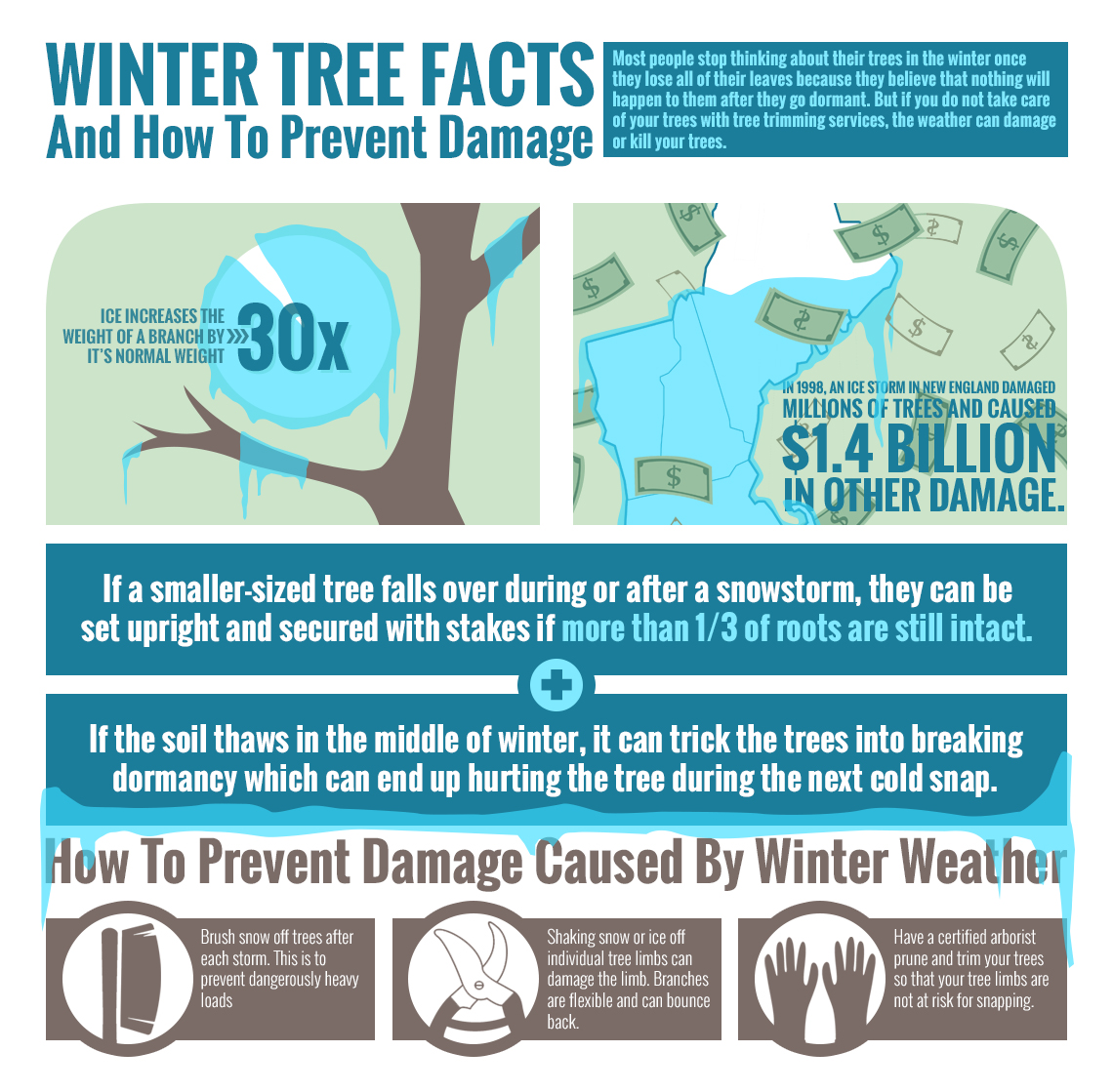Complying With Tree Removal, It Is Vital To Look After Your Landscape To Guarantee Its Repair; Discover The Necessary Steps To Renew Your Area And Stop Future Problems
Complying With Tree Removal, It Is Vital To Look After Your Landscape To Guarantee Its Repair; Discover The Necessary Steps To Renew Your Area And Stop Future Problems
Blog Article
Posted By-McMillan McCollum
After a tree's elimination, your landscape might look quite different, and it's vital to assess the after-effects meticulously. You'll want to assess the soil disturbance and check surrounding plants for any kind of indications of anxiety. Overlooking these aspects can bring about larger troubles down the line. So, what should you perform with those stumps and origins? And how do you select the most effective plants for your rejuvenated room? Let' mouse click the next webpage out these essential steps.
Examining the Aftermath: Reviewing Your Landscape
After a tree removal, it's crucial to examine your landscape to comprehend the effect it has on your backyard.
Start by examining the area where the tree stood. Seek indicators of soil disturbance, and examine the bordering plants for any type of tension or damage.
You should also keep in mind of just how the removal has changed sunlight direct exposure and air flow in your garden. This shift can affect the growth of close-by plants, so it's necessary to review their health.
Consider the aesthetic facets as well; the removal could develop an open space that you can redesign.
Ultimately, think about any type of potential disintegration problems that could emerge from the tree's lack. Dealing with these aspects early will help restore equilibrium to your landscape.
Managing Stumps and Origins: Choices for Elimination
When you have actually evaluated the after-effects of the tree elimination, you'll likely need to take on the stump and origins left.
You have a few options for removal. One efficient method is stump grinding, where a specialist makes use of a machine to grind the stump down to below ground degree. This strategy leaves very little interruption to your landscape.
If you prefer a DIY method, you can utilize a mix of excavating and chemical stump removers. Simply remember, this process can require time and effort.
Alternatively, think about leaving the stump as a natural attribute, which can act as an one-of-a-kind yard element or habitat for wild animals.
Whatever you pick, addressing the stump and roots is essential for recovering your landscape.
Picking the Right Plants for Your New Space
As you examine your freshly removed area, selecting the right plants can dramatically boost your landscape's charm and capability.
Beginning by considering the sunshine and dirt conditions. For warm locations, go with drought-resistant plants like lavender or succulents. In shaded places, brushes and hostas grow well.
Consider the dimension and growth habits of your plants; mix perennials and annuals for seasonal range. Don't fail to remember to integrate indigenous species; they call for much less upkeep and assistance local wild animals.
Team plants in strange numbers for an extra all-natural look and create layers for aesthetic deepness.
Ultimately, guarantee you have a mix of shades and appearances to keep your landscape dynamic throughout the seasons.
Happy planting!
Final thought
To conclude, restoring your landscape after tree elimination is a rewarding process. By evaluating the results, dealing with stumps and roots, and choosing the right plants, you'll create a flourishing atmosphere. Do not neglect to integrate How To Prune A Lime Tree to secure your soil. With a little initiative and care, you can change your area right into a vibrant yard that enhances your property. Accept the possibility to revitalize your landscape and delight in the appeal of nature right in your yard!
